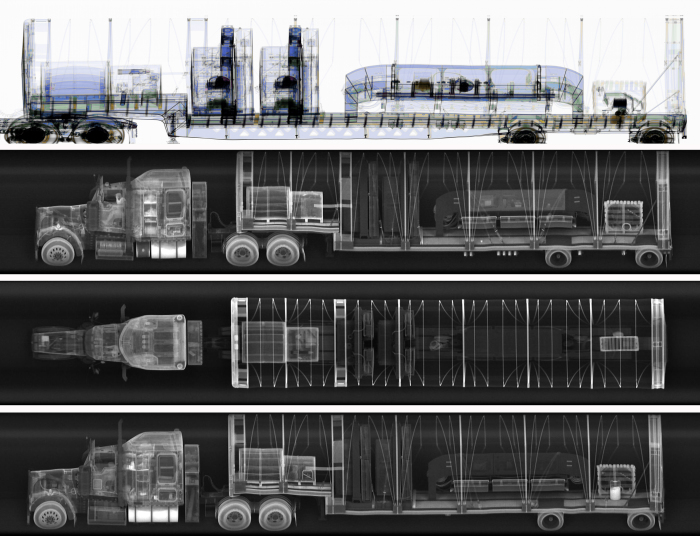World Border Security Congress2019-07-15 08:58:56
By Paul Hollingshead, Regional Director at Rapiscan Systems | AS&E
TAs global trade has become more interconnected, the movement of people and goods between countries has greatly increased and detecting threats to national security at the border has become more complex. As a result, every border security agency’s modernization agenda addresses the use of technological innovation to improve their ability to protect society. The drive to modernize is partly driven by the rapidly evolving nature of the threat landscape—use of new technology is critical to ensure agencies are ahead of, or at least keeping up with, their adversaries’ adaptability. It can also reflect political and budgetary pressures—the perennial push for agencies to do more with less.
As part of this innovation mix, the use of artificial intelligence (AI) in scanning and automatic threat detection is a hot topic. The possibility of automating some decisions on what constitutes a threat could improve both the effectiveness and governance of border checks, reducing human error and opportunities for corruption. Regardless of where an agency is on its path to technological advancement, it must have the right foundations to achieve the intended benefits of AI. There are five key areas to address:
1 – Set clear operational goals for the technology
Around the world, border security agencies share the same overarching mission to protect their society from external threats. However, each are impacted by political, financial and physical influences unique to that country. They are also faced with adaptable adversaries, who are constantly developing methods to exploit their weaknesses. An agency’s awareness of its specific situation and its understanding of, and sensitivity to, an ever-changing threat environment are paramount. Only with a clear understanding of its adversaries, environment and mission, can an agency identify and apply the right technologies to achieve their goals. To that end, a clear operational direction must be the foundation of a successful path towards AI.
2 – Capture all the data obtained from the detection platforms
The selection and acquisition of detection systems will be driven by threat factors, physical environments, stakeholder issues (such as desired throughput rates) and budgets. As a starting point, agencies require hardware devices that are effective at detecting specified threats. The complexity lies in understanding how a specific threat could be detected under varying conditions of concealment and whether a detection platform requires other devices to support it. A layered, multi-modal solution is often the most effective approach.
These days, security devices like cargo scanners are powerful data capture platforms; the specific hardware and associated technology all impact the volume, variety and value of the data obtained from a target. As the industry continues to improve hardware and software, combining technologies at the platform level, the resulting data are also improving.
To read the full story:
Click here to download your copy of Border Security Report (pdf) >>
